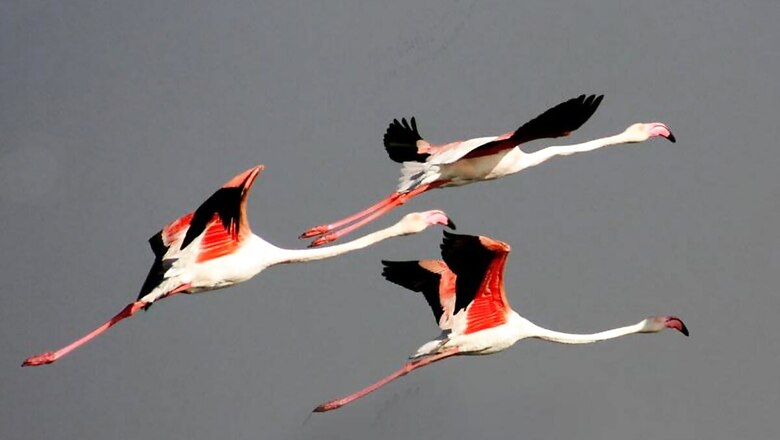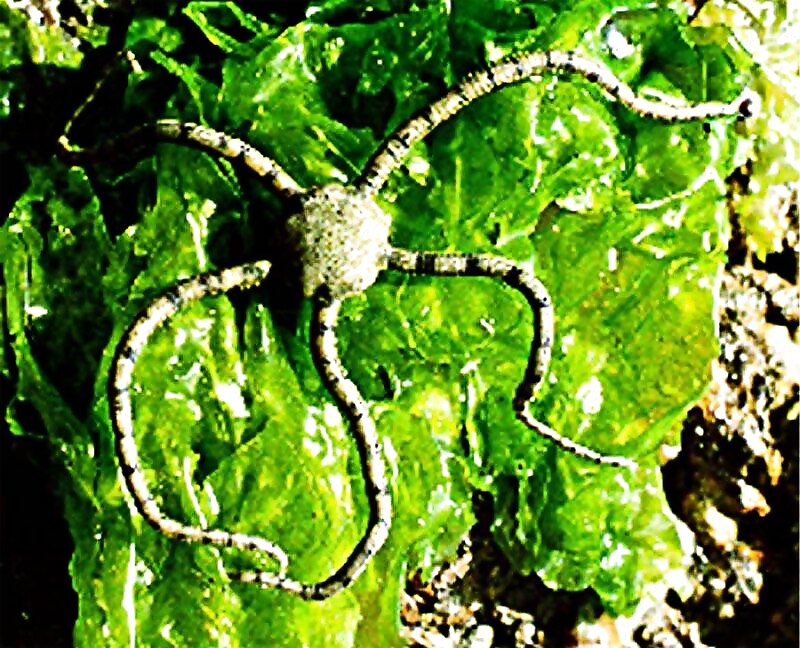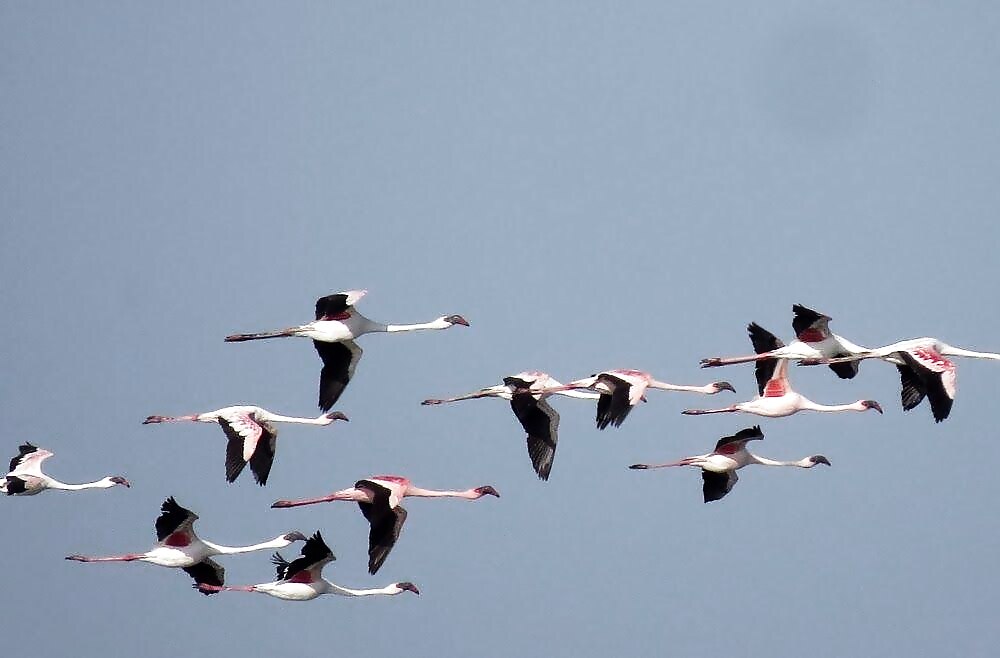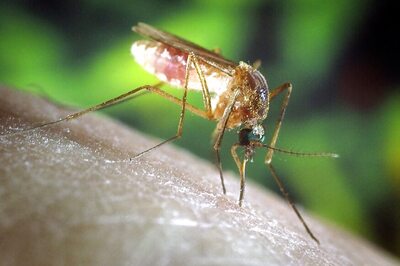
views
No matter where you are or what you read or who you talk to, the only subject of discussion these days is a virus and its variants. The self-centred mankind has never really cared about anyone else but themselves. It is bewildering how a tiny microorganism, not even visible to the naked eye, has played havoc across the globe to such an extent that people are struggling to find a way to deal with it. We are scared and there is no denying it. We are scared because our lives are no longer in our control and we are in danger or should I say endangered? The human race, which sits at the top of the food chain, had never imagined itself to be in such a situation.
The National Endangered Species Day is celebrated each year on the third Friday of May across the world to raise awareness about the endangered species of flora and fauna. This year, it falls on May 21. This day helps us review how many animal species are facing the threat of extinction and how the drastic effects of climate change are disturbing the once-peaceful ecosystem. Since coronavirus has gripped the entire world, our focus is more on saving the mankind, and we have completely forgotten its impact on different species of the ecosystem.
This day gives us the opportunity to be more aware about the conservation of endangered species and learn about the different steps the country is taking to protect these animals. Except some NGOs and animal/bird lovers, no one really cares about our rare species. The natural balance of Earth will be disturbed if certain species cease to exist. In name of development, we have destroyed forests, cut mountains, polluted rivers and sea, resulting in an increase in natural calamities in the form of floods and cyclones. Who has to face the brunt now? Nature teaches us that everyone’s existence and contribution are valuable, however micro in size they may be. Need of the hour is to spread awareness about the endangered species and collectively find ways to restore the balance.
India once boasted of rich biodiversity, but now it is facing threat as a result of large-scale man-made landscape modifications and over-exploitation of resources, causing loss of natural ecosystem/habitat.

Compared to other states, Gujarat is blessed with not just diverse flora and fauna but an adaptable climate for protection of rich biodiversity. From the semi-moist forests in south Gujarat to the saline deserts of Kutch, and marine habitats in the Gulf of Kutch, the Gulf of Khambhat and the Arabian Sea to the hills in the eastern parts of the state, they represent the state’s richness as well as geomorphological and habitat diversity, which, in turn, allows a very diverse flora and fauna to thrive, including mammals. India is a mega bio-diverse country and Gujarat has a major contribution to it. Of the nearly 400 wild mammals in India, over a hundred are found in Gujarat.
In Gujarat, close to two dozen animal species in the endangered category, namely Black Mahseer, Golden Mahseer, Leatherback Sea Turtle, Green Sea Turtle, Indian White-rumped Vulture, Long-billed Vulture, Red-headed Vulture, Steppe Eagle, Greater Adjutant Stork, Great Indian Bustard, Lesser Florican, Sociable Lapwing, Spotted Greenshank, Forest Spotted Owlet, Dhole, Caracal, Blue Whale, Fin Whale and Indian Wild Ass, are found.

Wild mammals in India are protected under the Wildlife Protection Act 1972. Their hunting/killing, trapping and trading of body parts are prohibited. Killing or trapping of such mammals can attract severe punishment, including imprisonment. Despite these measures, it is a matter of concern that the number of these mammals is declining, which has resulted in an imbalance in the ecosystem.
It is important to protect the endangered plants and animal species along with their natural habitats. The main concern is to preserve the habitats so that future generations of wildlife and even humans can enjoy it.
Wildlife consists of flora and fauna, i.e. plants, animals and microorganisms, which are not domesticated by humans. On the other hand, conservation is preserving and protecting wild plants, animals and their habitats. Therefore, we can say that the conservation of wildlife is necessary to recognize the importance of nature and other wildlife species.
Steps that can be taken for conservation of wildlife:
1. The punishment for killing or capturing an endangered animal or bird should be stringent. Laws should be enforced strictly and should not remain only on paper.
2. Indiscriminate killing of wild birds and animals, whether or not in abundance, should not be allowed by forest authorities.
3. More national parks and sanctuaries should be established for preserving the natural habitats of wild animals and birds across the country.
4. Government should conduct a periodic survey in all forests. The knowledge about the population of all the species of wild animals and birds will help save them during floods and famines or any other disaster.
5. Special attention should be paid to conservation of endangered species of wild animals and birds to prevent their extinction.
(All photos by special arrangement)
Read all the Latest News, Breaking News and Coronavirus News here. Follow us on Facebook, Twitter and Telegram.




















Comments
0 comment